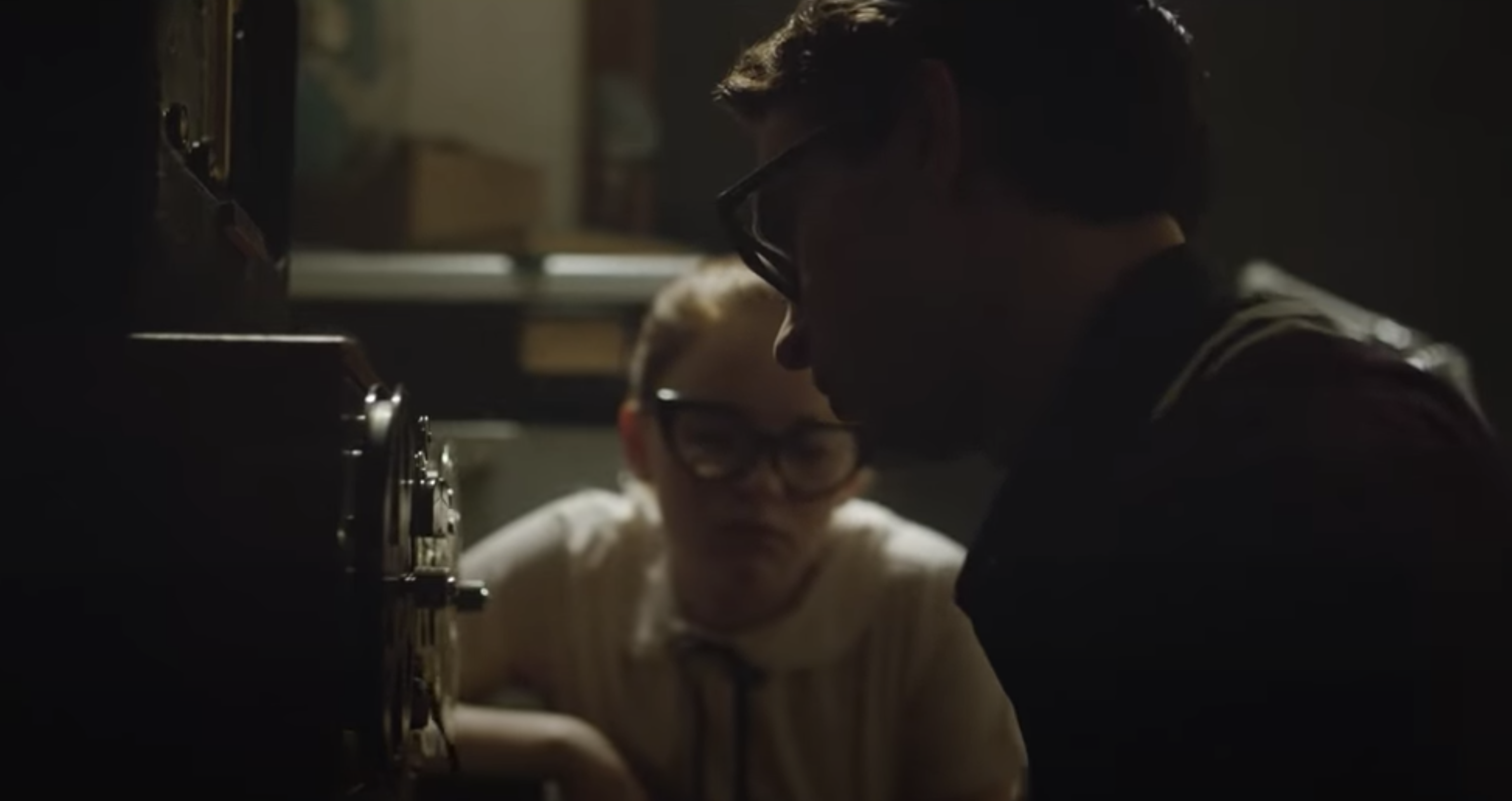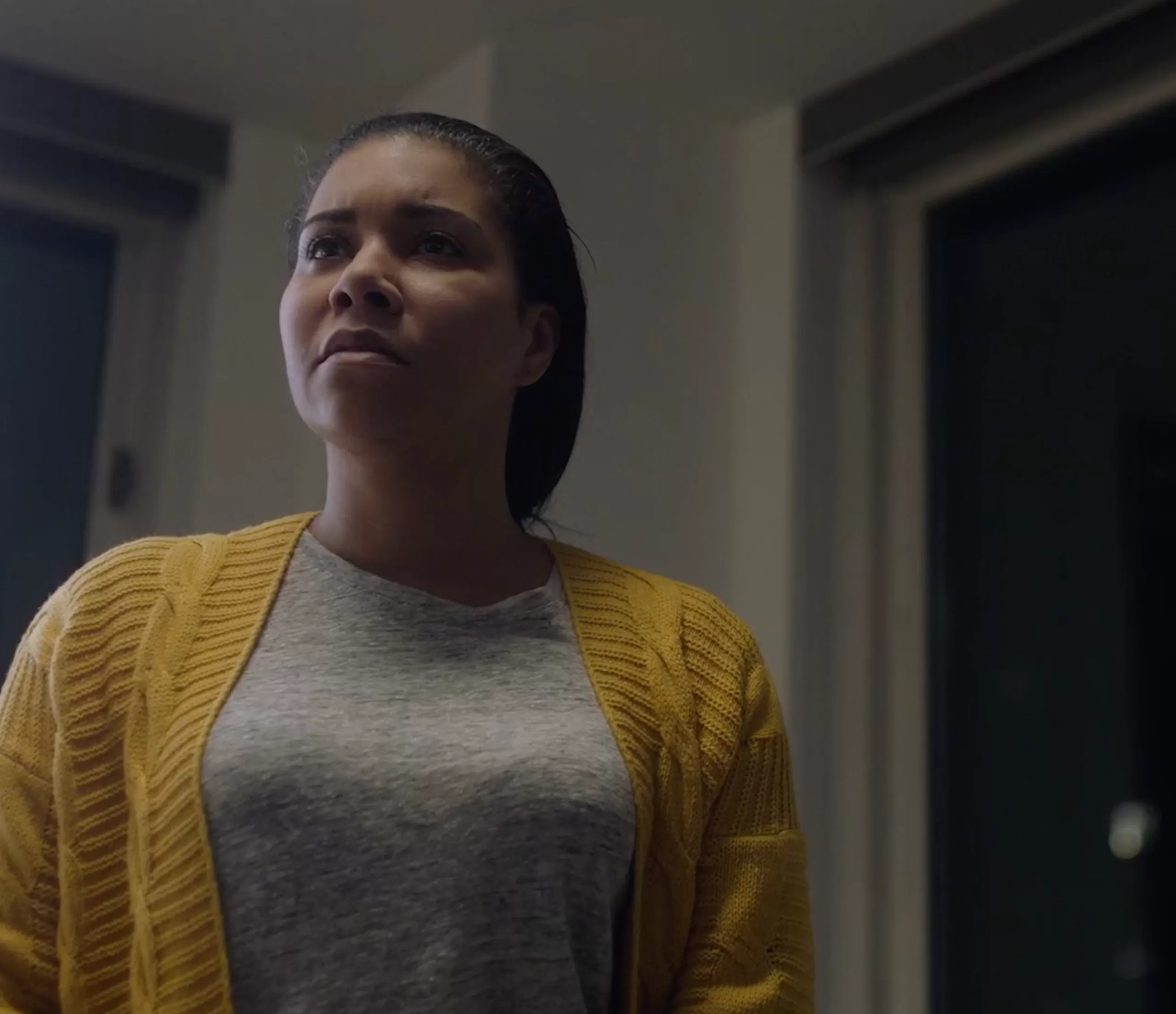Goodbye First Love
It is scarcely conceivable that a teenager happening to watch Goodbye First Love, the third feature-length film by Mia Hansen-Løve, would recognize her or himself in the lead character of Camille (Lola Creton) or in her boyfriend Sullivan (Sebastian Urzendowsky). That is, unless said teenager was one of the precious few to have weathered the dicey plunge into adolescent romance without the trepidations, fumbles, and emotional throes that tend to accompany sexual discovery.
On the whole, Camille and Sullivan, who at the beginning of Goodbye First Love are in their teens, are portrayed as unusually assured – psychologically, financially and otherwise. Hence a film which might offer the promise of emotional resonance instead winds up instantly as forgettable as last year’s meaningless fling.
When the story opens, fifteen-year-old Camille has been Sullivan’s girlfriend for some time. Against Camille’s pleas, Sullivan travels (ha…ha) with his friends through South America, purportedly to find himself but really just to party with strange women. Camille is appropriately heartbroken, but with the passage of several years’ time and a passion and talent for design, she forges a career as an architect.
Meanwhile, she has an affair with her professor Lorenz (Magne-Håvard Brekke). Eventually she learns that Sullivan has long since returned to France, and Camille and Sullivan reignite their relationship. Camille thenceforth must decide whether to stay with Lorenz, Sullivan, both, or neither.
The film’s marketing department declares that, by going through the motions of life and its vicissitudes, Camille becomes “a more fully formed woman”; really, however, she seems as fully-formed at the outset of the film as she does by its conclusion, which is to say that she remains ever an articulate, mature, and intelligent—if not terribly interesting or empathetic—young woman.
Part of the problem lies with the performances which are, to be blunt, boring; but principally to blame is the writing, which has bothered to sketch only the vaguest approximations of real, living characters before mechanically processing them through the ins and outs of the narrative.
Deep into the film, while on her first date in years with Sullivan, Camille delivers a surrogate admonition to hypothetical critics of Goodbye First Love. Sullivan doesn’t like the film they’ve just seen, but Camille counters that “It’s beautiful and deep, you just have no sensitivity.”
No doubt Hansen-Løve – whose previous film, The Father of My Children, tackled themes of desperation, suicide, and perseverance with something approaching genuine pathos—would insist that critics who reject Goodbye First Love as no more than a paint-by-number coming-of-age drama have missed some essential point. But everything just comes off as so rote and trite.
Given the title assigned to the film for its U.S. release (the original French title being Un amour de jeunesse), the question for American audiences shifts from “will Camille ultimately say goodbye to her first love?” to “why and how will Camille say goodbye to her first love?” Without an emotional investment in Camile or any of the other characters, however, audiences are unlikely to give a damn when the hat of first love is finally cast into the river of time (mixed metaphor courtesy of Mia Hansen-Løve).
news via inbox
Nulla turp dis cursus. Integer liberos euismod pretium faucibua






